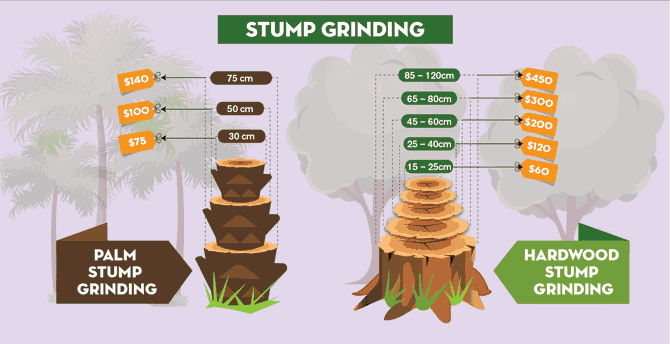Discover Just How To Preserve A Successful Setting After Tree Removal
Discover Just How To Preserve A Successful Setting After Tree Removal
Blog Article
Writer-
When it comes to seasonal tree treatment, making certain appropriate management prior to and after removal can substantially affect the health and aesthetic appeals of your landscape. By recognizing the needed steps involved in analyzing tree health and getting ready for elimination, you can proactively protect your building. But what about please click the up coming document to comply with as soon as the tree is gone? Keep tuned to find the necessary post-removal care actions that will assist you grow a growing and lasting environment for your trees.
Pre-Removal Tree Care
Prior to addressing the removal of a tree, it's critical to focus on pre-removal tree care. Begin by evaluating the tree's wellness and structural stability. Look for indications of condition, bug invasions, or any type of architectural problems that might pose a safety threat during removal. It's vital to seek advice from a licensed arborist to determine the very best course of action.
Trimming dead or unhealthy branches can prevent more damage to the tree and make sure a smoother elimination process.
In addition, take into consideration the environmental influence of getting rid of the tree. Trees play a vital function in our community, so planting a new tree in an appropriate place can aid balance out any type of loss. Ensure that you have the necessary licenses and authorizations for tree removal, specifically if the tree is safeguarded by regional laws.
Seasonal Upkeep Tips
Evaluating your tree's requirements throughout the year is imperative for its health and wellness and longevity. To keep your trees in top problem, adhere to these seasonal upkeep ideas.
In spring, concentrate on pruning to remove dead or damaged branches and urge new development.
Summertime requires normal watering, particularly throughout droughts, to ensure your tree stays hydrated.
As loss approaches, keep an eye out for very early indicators of illness or tension, and think about applying compost to secure the origins during wintertime.
In wintertime, be cautious when eliminating snow from branches to stop damage, and continue to monitor your tree's total wellness.
Remember to adjust your treatment routine based upon the specific demands of your tree varieties and local climate. By staying alert and positive throughout the periods, you can help your trees thrive and thrive for many years to come.
Post-Removal Tree Care
To make certain the health and wellness of your landscape also after tree elimination, proper post-removal care is essential. After a tree is eliminated, it's crucial to fill up the remaining hole with topsoil and compact it to avoid settling. find more will certainly assist maintain the stability of the ground and protect against possible risks in the future.
Consider growing new vegetation in place of the removed tree to recover the balance and looks of your landscape. Routinely water the location to promote the growth of brand-new plants and prevent soil erosion.
Evaluate the surrounding trees for any signs of condition or stress that may have been triggered by the eliminated tree. Keep an eye out for parasites that may've been attracted to the previous tree and take preventive measures to protect the remaining plants.
If necessary, talk to a professional arborist to assess the effect of the removal on the bordering trees and determine any type of added care required. By following these post-removal treatment actions, you can ensure the continued wellness and charm of your landscape.
Conclusion
In conclusion, proactive seasonal tree care is crucial for maintaining the health and wellness and balance of your landscape. By examining tree wellness, pruning, and speaking with an arborist prior to elimination, you can make certain a risk-free procedure. After elimination, loading the hole, planting new plants, and regular watering will certainly advertise brand-new growth and prevent erosion. Bear in mind to evaluate surrounding trees for condition and seek additional treatment measures from an arborist to keep your landscape growing.
